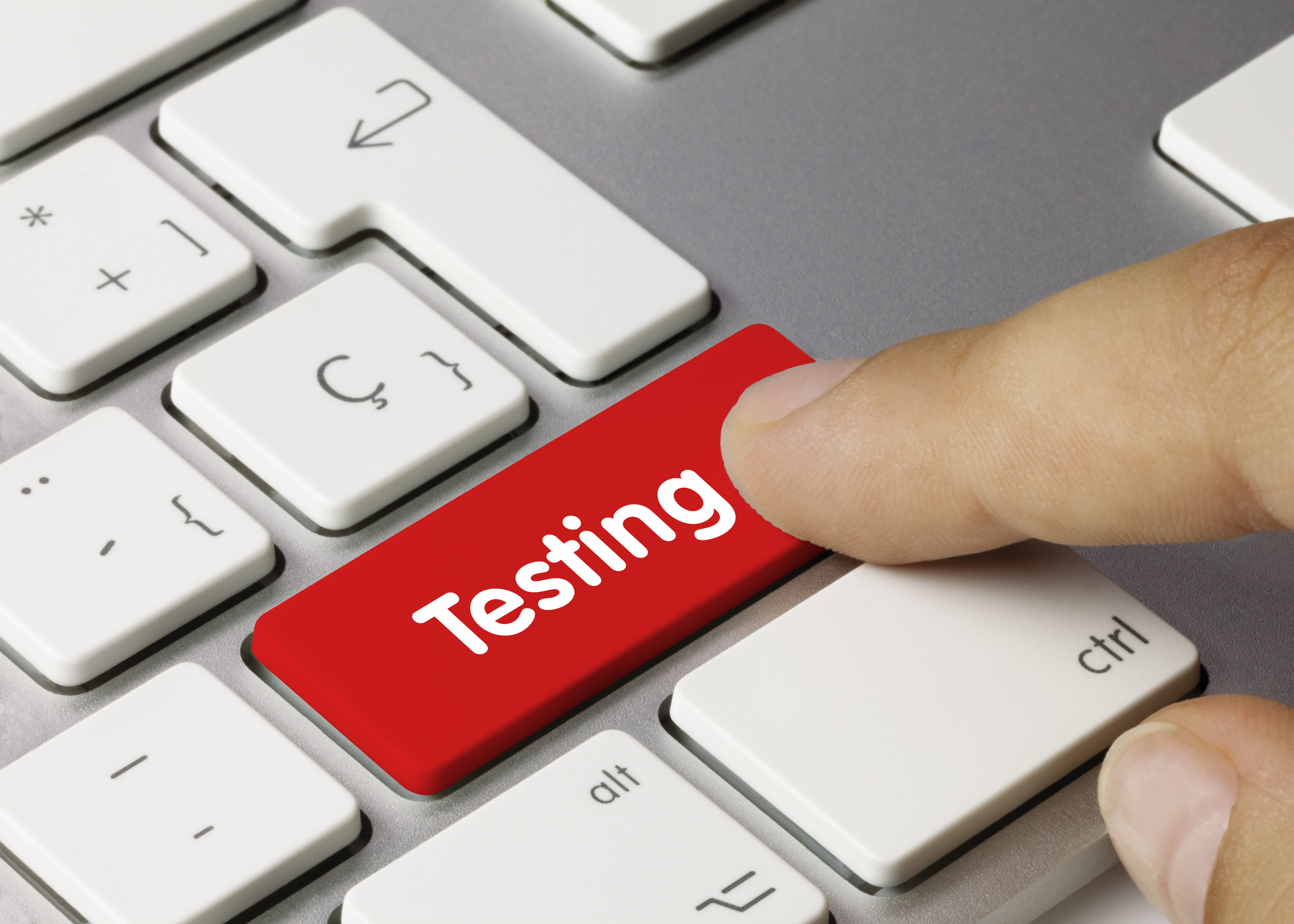Orasi has a rich tradition of integrating testing best practices into the development and delivery of quality mobile applications. Whether it be native mobile apps, mobile web apps, or mobile hybrid apps, Orasi has experience and technology to fully certify mobile applications before deploying to consumers and/or employees. As with all Orasi disciplines, our mobile testing practice is centered on the HPE software quality technologies. It also revolves around our common mantra of Continuous Delivery (CD) and Continuous Integration (CI).
Mobile testing is more than just traditional testing on mobile platforms. Mobile architectures involve a much more diverse spectrum of quality challenges than traditional applications. Of course, the traditional testing arenas of Functional, Security, Performance and Monitoring must be applied. However, in addition, for mobile testing the range of hardware and software involved is orders of magnitude more complex than traditional PC-based applications. Compatibility testing itself takes on a whole new meaning when mobile operating systems and manufacturers are considered.
Mobile Functional Testing, for example, requires functional automation more than any traditional technology. In a Continuous Delivery approach, not only must the test harness be automated but it must cover a variety of operating systems and form factors. Script reusability is key so that the automated tests can be written and maintained in an efficient manner. Orasi’s experience with cross-platform scripting technologies has delivered proven results for customers attempting to create an effective functional test platform.
Physical device types must also be considered in the functional test. Application transactions that work on one physical platform may not work on others, even with the same operating system family. This is equally true of different form factors (e.g., handsets vs. tablets). Testing on emulators can be used for smoke testing, but complete functional testing must include validation on the physical devices that consumers will use to invoke the application. Orasi can provide physical devices for these functional tests, whether owned by the customer or leased from Orasi.
Similarly, Mobile Performance Testing must take into account far more than just traditional transaction volume. Mobile Performance Testing must also scale the transaction load in a manner that is representative of the diverse user networks that will be encountered in production. Performance tests must then measure not only the server response to load conditions but also the effect that load has on the user networks involved, many of which are 3rd party networks beyond development’s control. Orasi’s unique Mobile Performance Testing capability includes the ability to stress the application environment while also monitoring the response of the 3rd party networks involved. For those cases where physical user experience testing is impossible or impractical, Orasi can provide network simulation capabilities to mimic any production network topology down to the bandwidth, latency and packet loss levels.
Mobile Security Testing is equally more complex than its traditional counterpart, and again Orasi has the experience and tools needed. Both static code scanning and dynamic application scanning must be performed to ensure that development techniques were employed. Using industry standard measures, Orasi can help avoid security vulnerabilities in the mobile applications before they are deployed.
Finally, as mentioned, all of these Mobile Testing techniques can be combined and automated in a true Continuous Delivery approach. By integrating these quality practices into development and ongoing monitoring activities, Orasi customers can ensure that quality is built in from the start and never compromised. These techniques can be deployed with the HPE software quality technologies and become a standard part of the corporate infrastructure.
